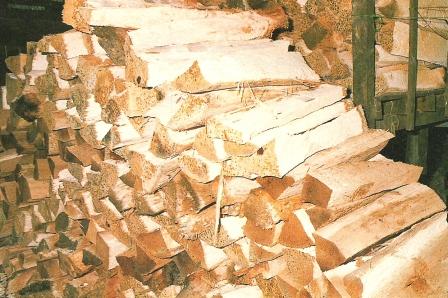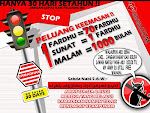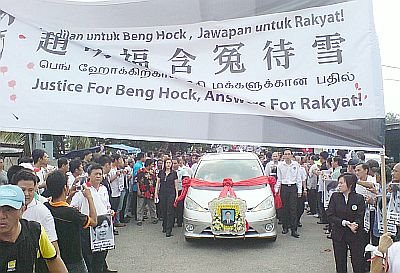The Ambuyat
 The other night, our agency was hosting a bunch of international people here in Brunei. During dinner, I overheard one of my colleagues trying to explain to them about Brunei’s local food – the ambuyat – how it was prepared and where it came from. I realized that even though most of us Bruneians know what ambuyat is, and probably know a little bit of how it is prepared, some of us might know a little bit where it came from but a number has no idea at all.
The other night, our agency was hosting a bunch of international people here in Brunei. During dinner, I overheard one of my colleagues trying to explain to them about Brunei’s local food – the ambuyat – how it was prepared and where it came from. I realized that even though most of us Bruneians know what ambuyat is, and probably know a little bit of how it is prepared, some of us might know a little bit where it came from but a number has no idea at all.
Just in case, there are pockets of Brunei people who have no idea what ambuyat is. Look at the attached photo. The one in the middle is it. The ambuyat is eaten or rather swallowed using a two-pronged bamboo stick called a chandas. As it is quite tasteless, it is taken with a sauce made from sour local fruits like binjai (mango like fruit but very sour). The ambuyat is rolled around the chandas until about the size of a small fist (children’s size preferably unless you got a really big mouth – physically that is), immerse it into the sauce and swallow the whole thing without chewing. Of course, ambuyat is always eaten with vegetables and dishes of fish, meat or prawn depending on your preferences. Ambuyat is made from pouring hot water into ambulung or better known as sago. Sago is derived from a tree trunk, believe it or not. The trunk of a rumbia tree (scientific name, metroxylon), a family of palm trees such as coconuts, are used to make sago. The trees are cut down. Then they are stripped of fronds and other coverings before being cut into several pieces. These cut pieces are stripped of their hard bark. The pieces are then scraped or grated by machine onto a sluice.
Ambuyat is made from pouring hot water into ambulung or better known as sago. Sago is derived from a tree trunk, believe it or not. The trunk of a rumbia tree (scientific name, metroxylon), a family of palm trees such as coconuts, are used to make sago. The trees are cut down. Then they are stripped of fronds and other coverings before being cut into several pieces. These cut pieces are stripped of their hard bark. The pieces are then scraped or grated by machine onto a sluice.
The scrapings with the impurities are sifted out leaving the sago in a wooden trough filled with water that will be drained away once the sago has settled down. The dug out is then filled with water once more and the mixture is stirred thoroughly. After the water is drained off, it will reveal the sago as white solids or lumps. These sago lumps are then packed in basket-like tampin woven from the nipah leaves before being taken to the market. Nowadays, processing ambulung is less labourious as machines have taken over most of the work. (The following photos is a sequence of events required to turn a rumbia tree into ambuyat, just in case you need to explain it to someone, one of these days.)




































Bayangkan bersantai di bawah bayu
BalasPadamsambil menikmati ambuyat tapi apa
kan daya, saya dari Semenanjung!
apa susah... sekarang ni... 2jam lebih sikit dah boleh sampai SABAH....Air Asia tambang murah... MAS pun dah ada tambang murah.... cuma nak tak nak jer...
BalasPadam